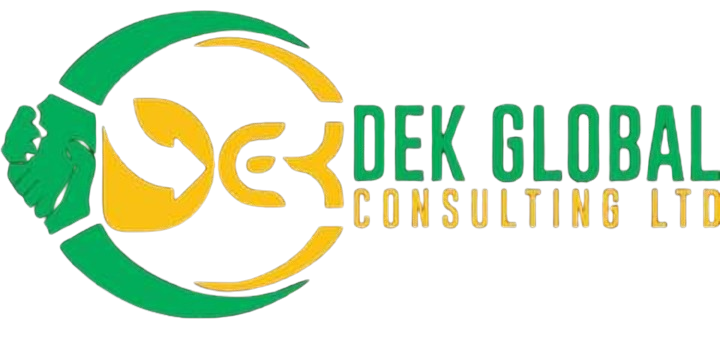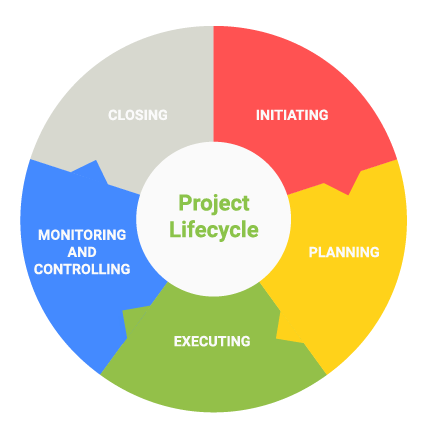The Project Life Cycle is the structured path that guides a project from its beginning to its successful completion. It covers what happens even before the whistle is blown at the start till the end of the race, in this case the project.
Mastering this life cycle is essential not only for managing tasks but also for aligning team efforts, minimizing risks and ultimately delivering a standard project at the end.
Let’s break it down.
What Is the Project Life Cycle?
The project life cycle refers to the series of phases that a project goes through from initiation to closure. Think of it as the heartbeat of every project, it involves dividing work into manageable segments and ensuring that nothing is left undone.
The traditional life cycle consists of five key phases:
- Initiation
- Planning
- Execution
- Monitoring & Controlling
- Closure
Each phase serves a specific purpose and builds upon the success of the previous one. So, the success and the failure of one step, greatly impacts the next.
1. Initiation: Defining the “Why”
This is where everything begins. In the initiation phase, the project’s purpose is defined and key questions are answered:
What problem are we solving?
What are the goals?
Is this project feasible?
Who are the stakeholders?
This phase usually ends with a project charter, which outlines the project’s scope, objectives, and constraints. For aspiring project managers, this is where you learn to ask the right questions and set your team up for success. Or failure if you don’t plan well.
2. Planning: Building the Blueprint
If initiation is the “why,” planning is the “how.” it is the “We know what we are to do. How do we do it?” stage.
This stage is where project managers begin to earn their stripes, because a solid plan is the foundation of successful execution. If you plan for the wrong project, you’ll finish and deliver the wrong one, too.
Key activities include:
Defining the scope
Creating a Work Breakdown Structure (WBS)
Developing timelines
Allocating resources
Risk identification
Quality planning
Budget planning
Developing Grantt chart
Ultimately, if you handle this stage well; it will save time, reduce stress, and prevent losing sight of the project objectives.
3. Execution: Getting Things Done
With your roadmap in hand, it’s time to implement.
In this stage teams begin working as tasks are assigned; who does what, for how long and for what outcome. The project manager’s role during this phase includes:
Coordinating team activities
Managing resources
Communicating with stakeholders
Solving day-to-day issues
Ensuring quality control
Good project managers are visible, communicative, and responsive during execution.
4. Monitoring & Controlling: Staying on Track
While the team works, the project manager tracks progress to ensure it aligns with the plan. This phase happens simultaneously with execution.
You’ll use tools and KPIs to monitor:
Budget and cost control
Schedule adherence
Resource usage
Scope changes
Quality benchmarks
This is where corrective actions are taken, so being extremely proactive in this stage will help keep the project in order.
5. Closure: Wrapping It Up Right
You should know that projects don’t end when the last task is done, they end when they’re submitted, commissioned or formally closed.
This phase includes:
Verifying all deliverables
Getting stakeholder approval
Conducting a post-project review
Documenting lessons learned
Releasing resources
Celebrating success
After this, it is important for project managers to reflect, improve, and prepare for the next one.
Why Mastering the Life Cycle Matters
To become a great project manager, you must understand the Project Life Cycle, that way you can put into use all the knowledge, tools, templates, and things you learn during certification into action.It will help you:
Communicate more effectively
Lead with confidence
Minimize risks
Deliver consistent results
Grow in responsibility and leadership
The project life cycle is your compass, whether you’re handling small internal tasks now, or managing multi-million-dollar initiatives, later.It is a great way to start your project manager career.
Conclusion
Every project is a learning opportunity. The more you apply and reflect on each stage of the life cycle, the more confident and capable you become. And the better project you’ll deliver each time.


No responses yet